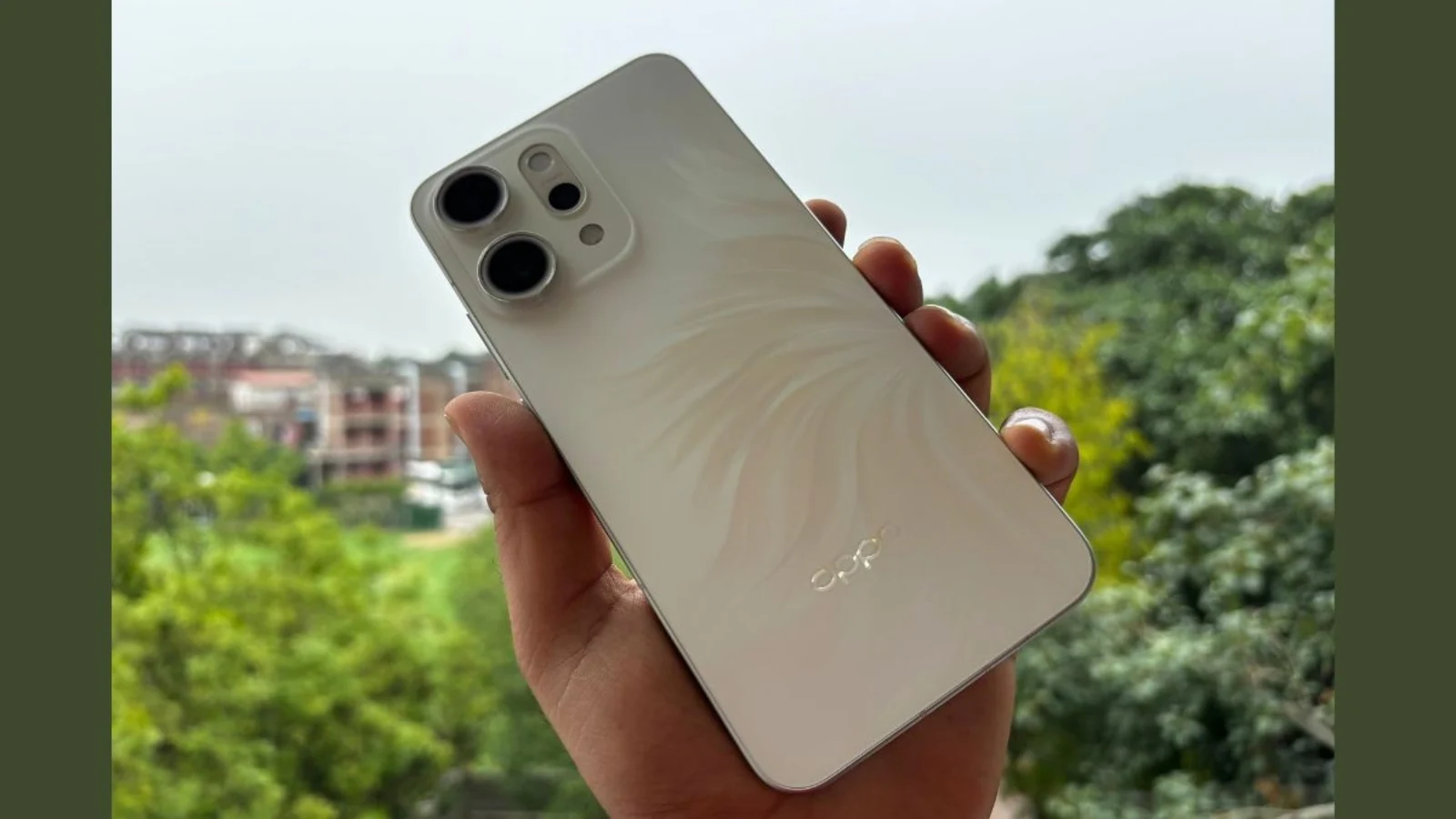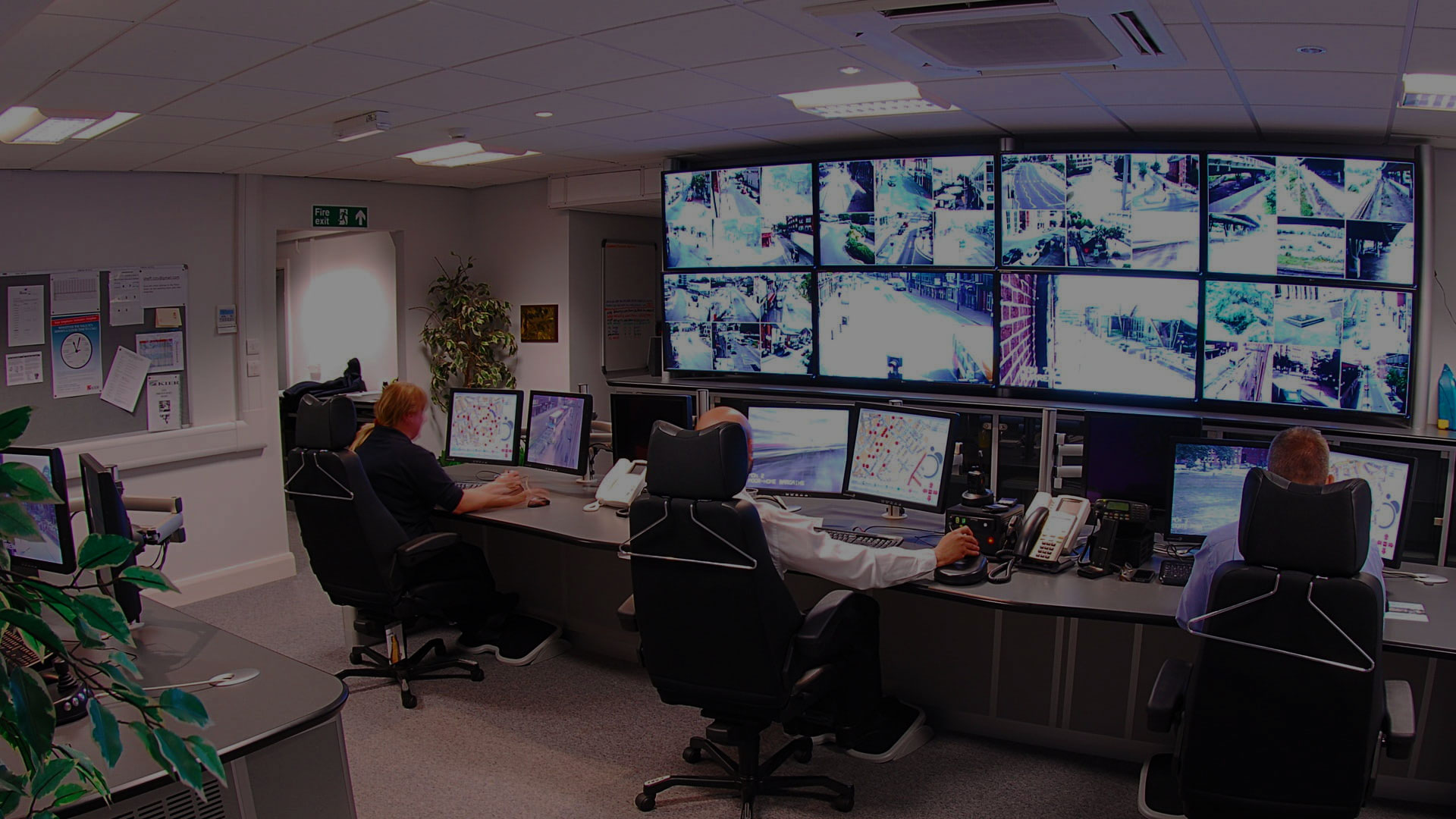Private investigators, often regarded as modern-day sleuths, employ a range of skills and techniques to uncover crucial information for their clients. At the heart of their craft lies the art of surveillance, a meticulous process that requires precision, discretion, and a deep understanding of the human psyche. In this article, we will explore the fascinating world of surveillance, shedding light on the methods private investigators use to gather critical information while operating in the shadows.
Table of Contents
The Silent Observer
Surveillance is an integral aspect of private investigations, and it involves discreetly observing and documenting the activities of individuals to collect pertinent information. Private investigators utilize various surveillance methods, blending into the background to remain unnoticed while meticulously recording details that could be vital to a case.
Stakeouts and Observation
One of the classic techniques employed by private investigators is the stakeout. This involves patiently observing a target’s movements, often from a parked vehicle or inconspicuous location. This method requires keen attention to detail and the ability to maintain focus for extended periods, as the investigator awaits the opportune moment to gather valuable information.
Covert Photography and Videography
Private investigators often rely on covert photography and videography to document a subject’s activities. This may involve discreetly capturing images or footage in public spaces, ensuring that the evidence obtained is admissible in legal proceedings while respecting privacy laws.
Vehicle Tracking
In cases where a subject’s movements are critical, a private investigator may employ GPS tracking devices to monitor the target’s vehicle. This allows for real-time tracking and provides a detailed log of the places visited, offering a comprehensive picture of the subject’s activities.
Technical Surveillance Countermeasures (TSCM)
Private investigators are not only experts in surveillance but also in countering surveillance. TSCM involves sweeping an area for electronic surveillance devices, ensuring that the investigator’s activities remain confidential and free from interference.
Online Surveillance
In the digital age, private investigators have adapted to the online realm. They conduct thorough investigations on social media platforms, forums, and other online spaces to gather information about a subject’s behavior, associations, and activities.
Behavior Analysis
The art of surveillance goes beyond the mechanical aspects; it involves understanding human behavior. Private investigators are trained to interpret body language, recognize patterns, and anticipate actions, allowing them to predict a subject’s movements and reactions.
Undercover Operations
Sometimes, surveillance requires more than just observation. Private investigators may assume alternate identities and engage in undercover operations to gain access to information that would otherwise remain hidden. This method demands a high level of adaptability, quick thinking, and the ability to maintain composure under pressure.
Challenges in Surveillance
While surveillance is a powerful tool, it comes with its share of challenges. Private investigators must navigate legal and ethical considerations, ensuring that their methods comply with the law and respect the rights of the individuals under observation. Additionally, the ever-present risk of discovery adds an element of complexity to the art of surveillance.
Ethical Considerations
Private investigators are bound by ethical guidelines that dictate the permissible boundaries of surveillance. This includes respecting individuals’ privacy rights, avoiding invasive methods, and ensuring that the information gathered is obtained legally. The delicate balance between obtaining critical information and adhering to ethical standards is a hallmark of a skilled private investigator.
The Impact of Surveillance on Cases
Surveillance often serves as the linchpin in private investigations, providing concrete evidence that can make or break a case. Whether it’s gathering evidence for legal proceedings, uncovering infidelity in personal relationships, or tracking the movements of a potential fraudster, the art of surveillance is a versatile and indispensable tool in the investigator’s toolkit.
Conclusion
In the realm of private investigations, surveillance is the silent artistry that separates skilled investigators from the rest. The ability to gather critical information while remaining undetected requires a unique blend of technical expertise, psychological insight, and adherence to ethical standards. As private investigators continue to adapt to the evolving landscape of investigative work, the art of surveillance remains a timeless and essential craft, ensuring that the truth is unveiled in the most discreet and effective manner possible.











